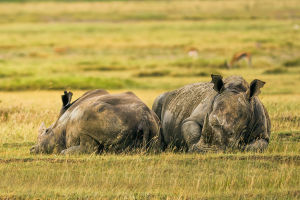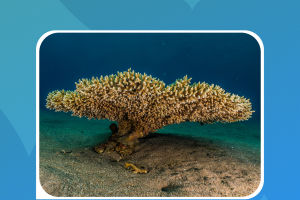In reference to "SpongeBob" this super hot super nonsensical cartoon, we must remember the male number two who is not covered by the halo of the main character - Patrick.
The number of people who like SpongeBob and like Patrick will not be very different, because they both bring us endless joy.
Then you know the prototype of Patrick Star is a starfish?
In fact, it is not cute at all.
The biological classification of starfish belongs to the phylum echinodermata and is a well-deserved symbol of the marine environment.
In fact, they are truly unique creatures in the underwater world, and in many cases dominate.
Despite their large numbers, their dominance does not stem from this.
The real reason is that starfish are the keystone predator of the marine environment.
Keystone species are those that are able to actively control and structure the ecosystem.
All starfish live in the ocean and most are of medium size, with few microscopic ones.
However, none are of microscopic size.
Most starfish live in submarine environments.
All starfish are carnivorous and can feed on a variety of invertebrates, especially shellfish, crustaceans, etc., and even fish. Some of them are monophagous.
For example, many species usually eat only bivalves.
There are also polyphagous or omnivorous species.
Starfish are found in all seas of the world, with the largest number of species in the North Pacific region.
The vertical distribution is from the intertidal zone to 6000 meters water depth.
Magnetaridae are deep-sea animals that inhabit depths of no less than 1000 meters.
Sea stars live in various substrates, but are rarely seen on soft mud bottoms.
New research has found that echinoderms such as sea stars play an important role in the ocean carbon cycle.
They are able to absorb carbon directly from seawater in the process of forming their exoskeletons.
Echinoderms are invertebrates that live on the seafloor and are found throughout the oceans.
Studies have found that echinoderms absorb carbon from seawater to form exoskeletons in the form of inorganic salts.
When they die, most of the carbon-containing material in their bodies remains on the seafloor, thus reducing the amount of carbon entering the atmosphere from the ocean.
Through this pathway, echinoderms absorb approximately 100 million tons of carbon per year.
It was previously known that when greenhouse gases from burning fossil fuels enter the ocean, the acidity of the water rises, harming coral reefs and shellfish.
The researchers found that the acidic seawater on the echinoderms is also very serious, so that such creatures can not form a solid calcium-containing exoskeleton.
Ecologically balanced sea stars are an integral part of the marine food chain.
Its predation plays a role in maintaining the balance of the biota, for example, a species of sea starfish on the west coast of the United States often preys on rainbows that cling densely to the reefs.
This prevents the overpopulation of rainbows and prevents them from encroaching on the territory of other organisms, thus maintaining the balance of the biota.
The trick of the starfish is that it has the art of splitting.
If the starfish is torn into several pieces and thrown into the sea, each piece will quickly regrow the lost part, thus growing into several new complete starfish to.
Starfish are also scary.
Starfish can erode coral reefs and other organisms, resulting in heavy losses for fishermen.
Controlling the proliferation of sea stars has attracted the great attention of governments and experts, and it is urgent to reduce its economic loss to shellfish farming.


